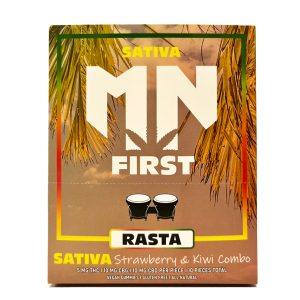**Botanical Characteristics**:
– Cannabis is an annual, dioecious, flowering herb with palmately compound or digitate leaves.
– Cannabis can be identified through microscopic examination of leaf cells.
– The plant is indigenous to Asia and known for various uses like hemp fiber and medicinal purposes.
– Cannabis plants produce cannabinoids, terpenes, terpenoids, and other compounds secreted by glandular trichomes on female plants.
– Chemical defenses in Cannabis help protect against herbivory.
**Reproduction and Genetics**:
– All known strains of Cannabis are wind-pollinated, with most being short day plants.
– Cannabis is predominantly dioecious with separate male and female flowers, though monoecious varieties exist.
– Cannabis has a complex mechanism of sex determination, with different models proposed.
– Cannabis is diploid with a chromosome complement of 2n=20, and genetic factors determine the THC/CBD ratio in plants.
– Polyploid individuals have been artificially produced, and the first genome sequence of Cannabis was estimated to be 820 Mb in size.
**Taxonomy and Classification**:
– Cannabis was formerly placed in the nettle or mulberry family, but recent studies suggest merging families to form Cannabaceae sensu lato.
– Various types of Cannabis include fiber, seed, and drug production plants.
– Taxonomic debates continue on whether Cannabis constitutes a single species or more, with early classifications by Linnaeus and Lamarck.
– Sizov proposed a classification recognizing C.sativa and C.indica as separate species, with detailed subdivisions within C.sativa.
– The 1970s marked increased significance in the taxonomic classification of Cannabis, with contributions from Serebriakova and Sizov.
**Cultivation and Uses**:
– Cannabis cultivation is prevalent in various regions for selective breeding of desired traits.
– Different parts of the plant are used for various purposes, with hashish and hash oil extracted from the plant.
– Industrial hemp products are made from selected cannabis plants.
– Various strains of cannabis have been bred for different levels of THC.
– Cannabis cultivation involves specific leaf arrangements and growth patterns.
**Legal Status and History**:
– Cannabis legality varies across U.S. states, with a legal history of cannabis in the U.S.
– Different species like C.indica and C.ruderalis are considered subspecies of C.sativa.
– Cannabis ruderalis was considered a variety of Cannabis sativa.
– The name Cannabis indica was widely used for medicinal preparations.
– The debate continues on whether Cannabis constitutes a single species or more.





